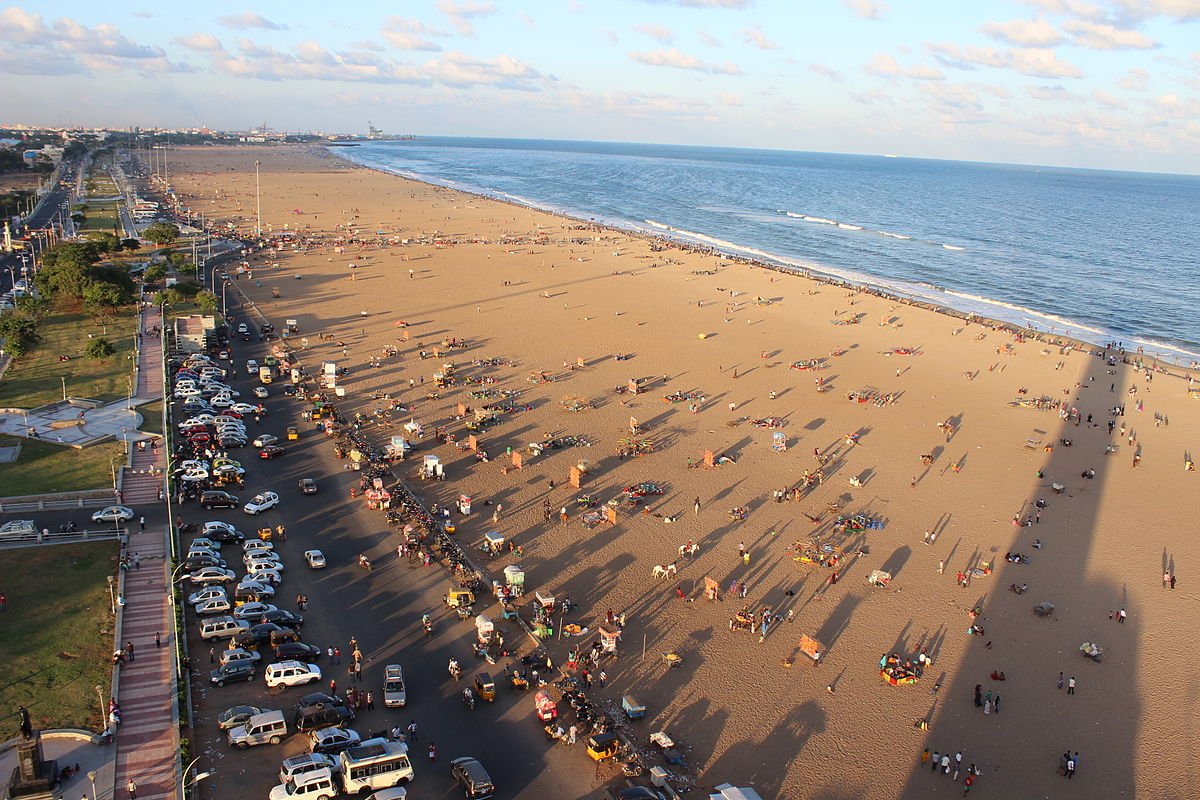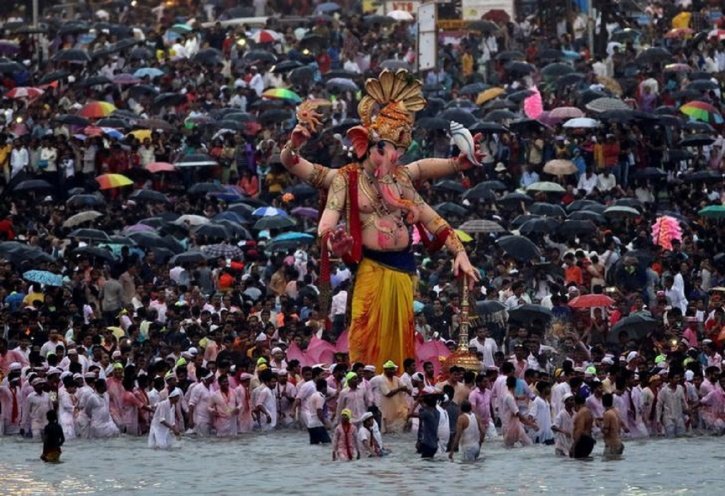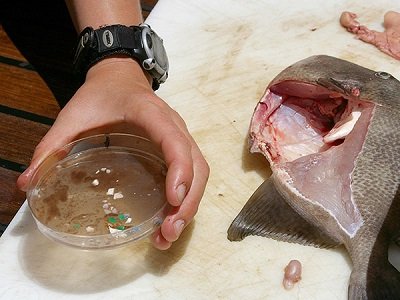Researchers at Germany’s Alfred Wegener Institute have compiled a world map called Litter Base documenting marine litter that has accumulated in the oceans and marine bodies on Earth. This is a first such study of the kind and India features heavily in it.
According to the study, coastal areas in Mumbai, Kerala and Andaman and Nicobar in India are some of the most polluted areas in terms of marine litter.

Let us take a look at the most polluted water bodies in India:
Mumbai beaches
Among other locations, the study was conducted among four beaches of Mumbai and it was found that plastic accumulation had drastically increased over the years.
The study, conducted on Juhu, Dadar, Aksa and Versova, found that there were 68.83 pieces of debris per square km on the beaches Mumbai, and that 41.85 per cent debris out of that was made up of microplastics.
The highest quantity of microplastics was found in Juhu. The study states that the most potent cause of marine litter appears to be recreational beach use, fishing, and also religious activities involving water bodies.

The study claims that these Mumbai beaches are some of the most polluted in the world.
Vembanad Lake, Kerala
The study also found that Vembanad Lake in Kerala as being severely polluted with microplastic accumulation. This is the first time such a study was conducted on lakes of India.
In Vembanad lake, the density of microplastics in this lake is alarming (average 96–496 particles per m−2) and is cause for concern since it enters the bodies of clams and other marine organisms. Local populations consume clams that grow in the lake and thus the harmful plastic gets transferred into the human body. The study found that Polyethylene is the dominant polymer type in the plastic that has accumulated.
Polluted waters and wildlife
However, the study does not single out just India. In fact, the study states that litter is is spread out across the oceans of the world and that a total 1,220 species of wildlife species are currently affected by it.
The study found that 34 per cent of the species monitored for the study ingest litter, 31 per cent colonise it, and 30 per cent get entangled or otherwise trapped in it.

In 2015, 322 million tonnes of plastic was produced the worldwide out of which 13 tonnes of plastic ended up in the oceans, Hindustan Times quoted the study.
The study also states that along with fishing, human littering and dumping of wastes in coastal areas, dumping of wastes into river bodies and streams that ultimately join the oceans and seas also causes marine litter.
The study is important since it is the first such exhaustive database for marine litter and pollution, and is, in effect, also a concise compilation of all the studies that have so far been conducted in this area. The study is expected to give an impetus to better marine conservation techniques.
The study also clarifies that the countries or zones with no litter may not necessarily be clean, but they may just not be reflecting on the map since there hasn’t yet been enough research conducted in the area.
Feature Image Source: Reuters (File)

















